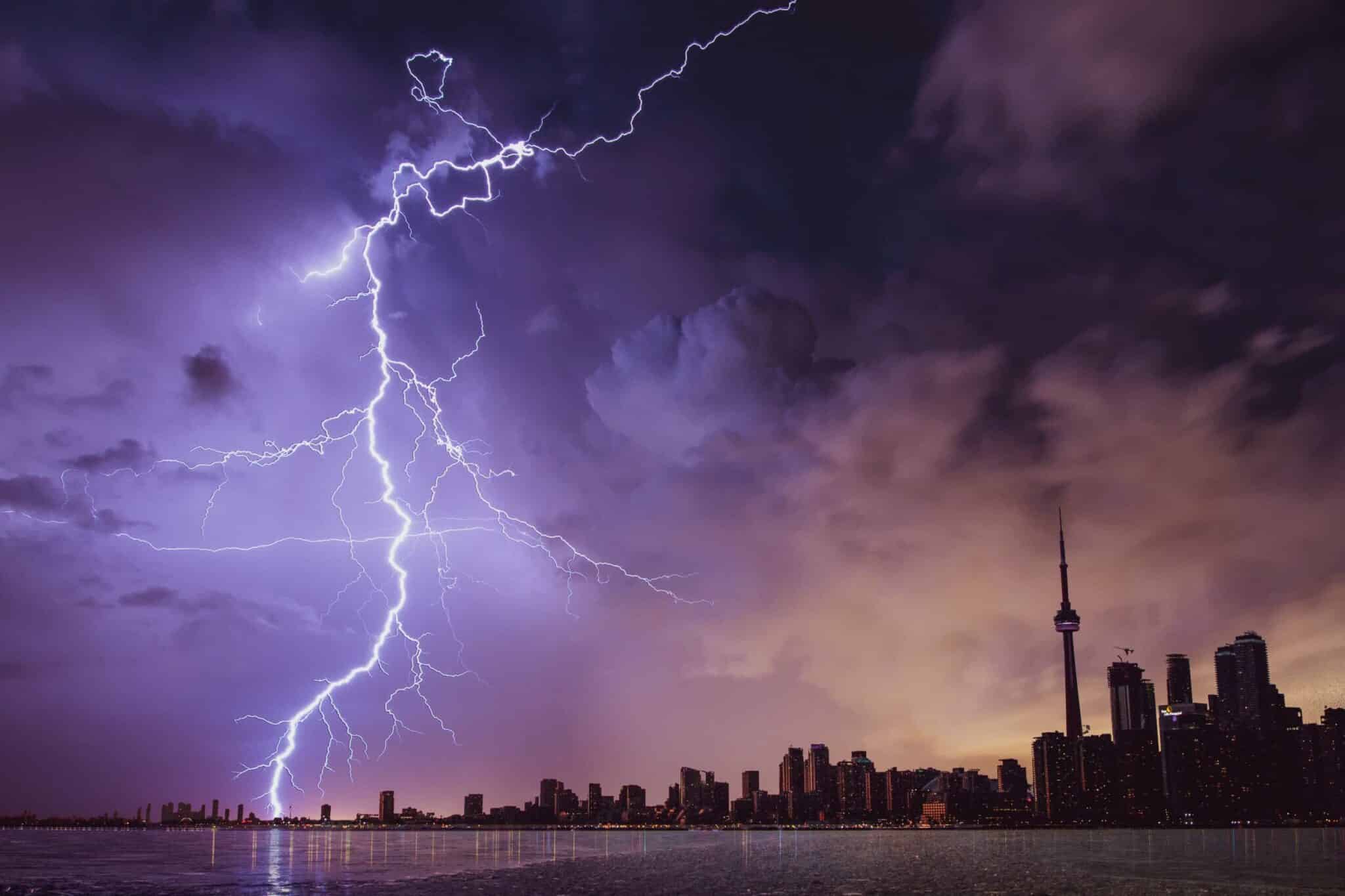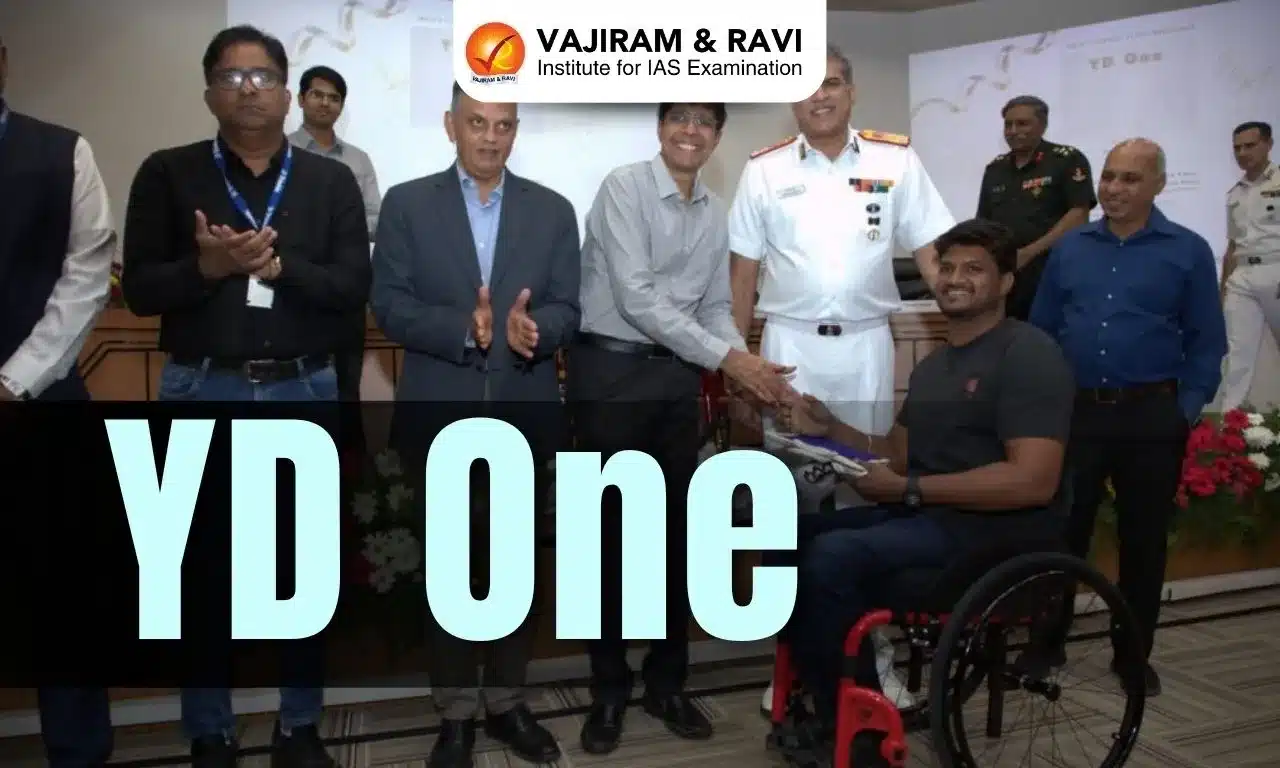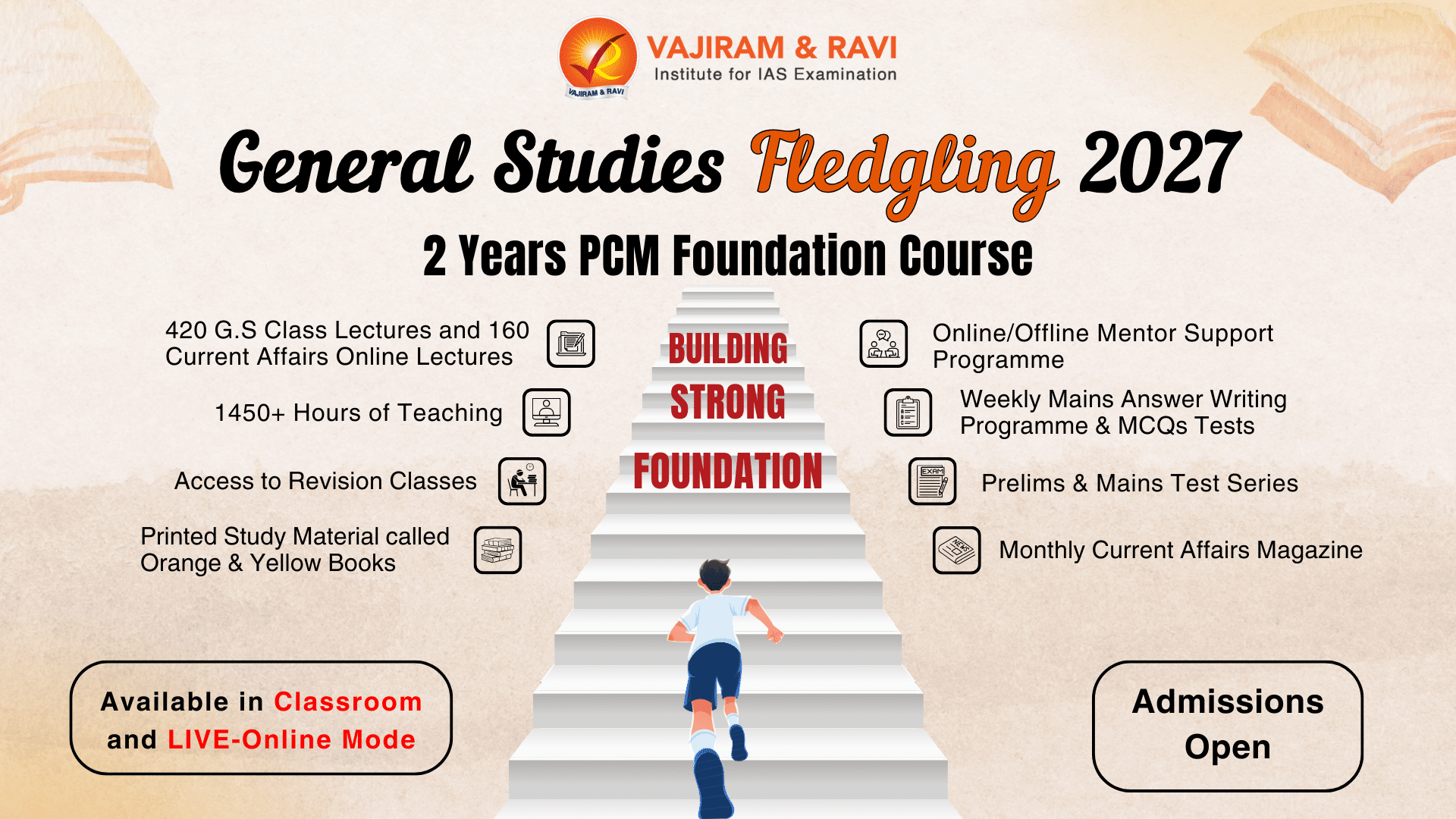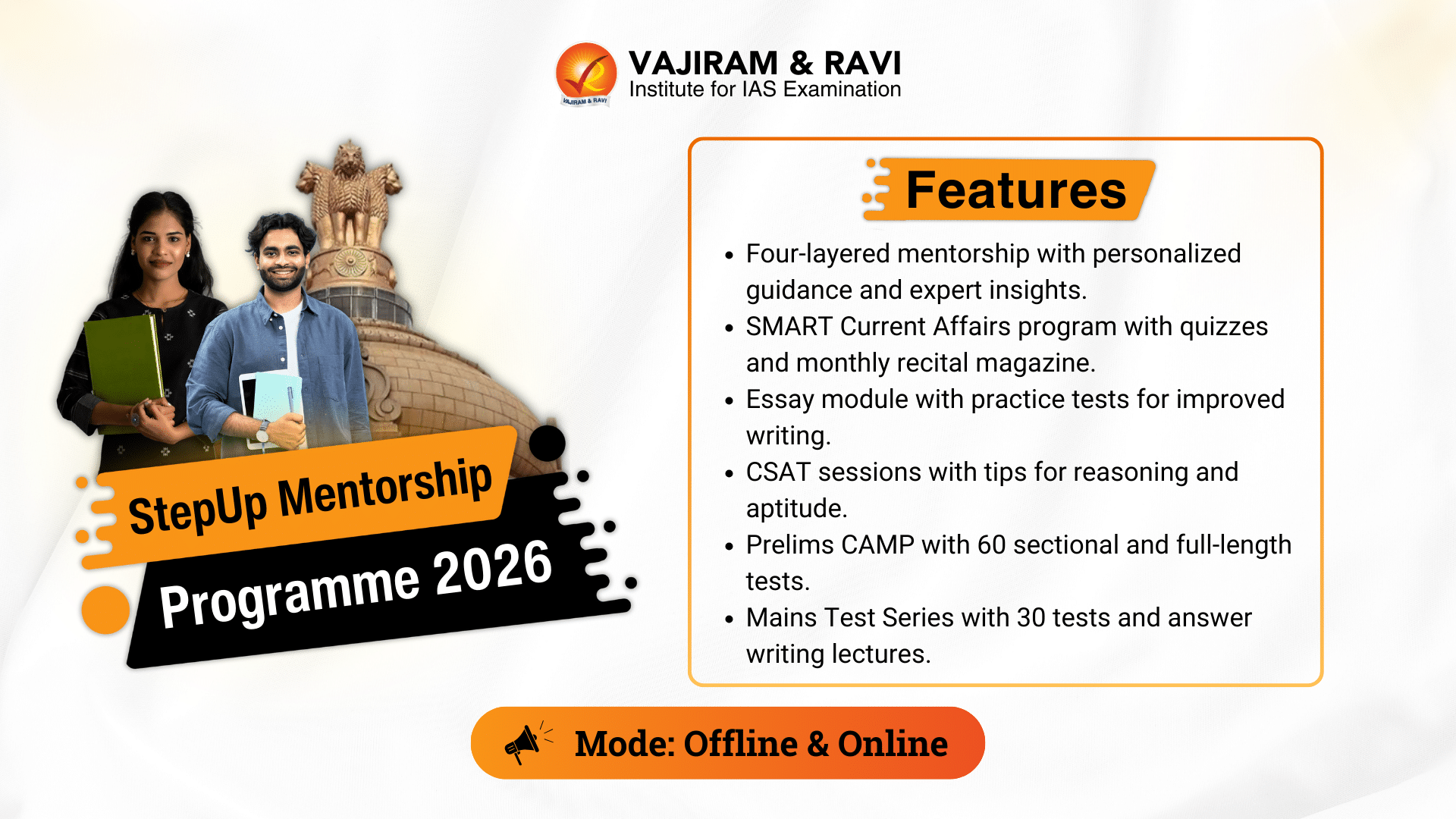About Hygroelectricity:
- Hygroelectricity is the generation of electricity from the humidity of the air.
- It is a type of renewable energy that has the potential to be a major source of power in the future.
- How it works?
- The key to harvesting electricity from humid air lies in a tiny device comprising two electrodes and a thin layer of material filled with nanopores.
- These nanopores, each less than 100 nanometers in diameter, allow water molecules from the air to pass through the device.
- As these molecules move from an upper chamber to a lower chamber, they interact with the edges of the nanopores, leading to a buildup of electric charge imbalances between the chambers.
- This process effectively transforms the device into a miniature battery, generating continuous electricity.
- Just as clouds create electrical charges and give rise to lightning bolts during storms, this revolutionary device converts air humidity into usable electricity.
- Advantage of Hygroelectricity: Unlike other renewable energy sources such as solar and wind, air humidity is continuously available, making it a sustainable reservoir of energy.
- Challenges:
- Currently, the fingernail-sized device can only produce electricity equivalent to a fraction of a volt.
- Scaling up the technology to meet practical energy demands is a significant hurdle.
What is an electrode?
- An electrode is a solid conductor that conducts electricity to and from an electrolyte, which is an electrically conductive solution or molten salt.
- Electrodes are used in many different applications, including batteries, electrochemical cells, and electroplating.
- There are two main types of electrodes: anode and cathode.
- The anode is the electrode where oxidation occurs, and the cathode is the electrode where reduction occurs. Oxidation is the loss of electrons, and reduction is the gain of electrons.
- In a battery, the anode is the negative terminal, and the cathode is the positive terminal.
- When the battery is connected to a circuit, electrons flow from the anode to the cathode. This flow of electrons creates an electric current.
What are nanopores?
- Nanopores are tiny holes that are typically on the order of a few nanometers in diameter.
- They can be found in a variety of materials, including biological cells, synthetic membranes, and even graphene.
Q1) How are clouds formed?
Clouds are formed when water vapor in the air condenses on tiny particles, such as dust, salt, or smoke. These particles are called condensation nuclei. When the air is saturated, meaning it can’t hold any more water vapor, the water vapor condenses on the condensation nuclei and forms tiny droplets of water. These droplets are so small that they are able to stay suspended in the air.
Source: Scientists unveil method to power devices using air humidity!
Last updated on July, 2025
→ UPSC Notification 2025 was released on 22nd January 2025.
→ UPSC Prelims Result 2025 is out now for the CSE held on 25 May 2025.
→ UPSC Prelims Question Paper 2025 and Unofficial Prelims Answer Key 2025 are available now.
→ UPSC Calendar 2026 is released on 15th May, 2025.
→ The UPSC Vacancy 2025 were released 1129, out of which 979 were for UPSC CSE and remaining 150 are for UPSC IFoS.
→ UPSC Mains 2025 will be conducted on 22nd August 2025.
→ UPSC Prelims 2026 will be conducted on 24th May, 2026 & UPSC Mains 2026 will be conducted on 21st August 2026.
→ The UPSC Selection Process is of 3 stages-Prelims, Mains and Interview.
→ UPSC Result 2024 is released with latest UPSC Marksheet 2024. Check Now!
→ UPSC Toppers List 2024 is released now. Shakti Dubey is UPSC AIR 1 2024 Topper.
→ Also check Best IAS Coaching in Delhi














